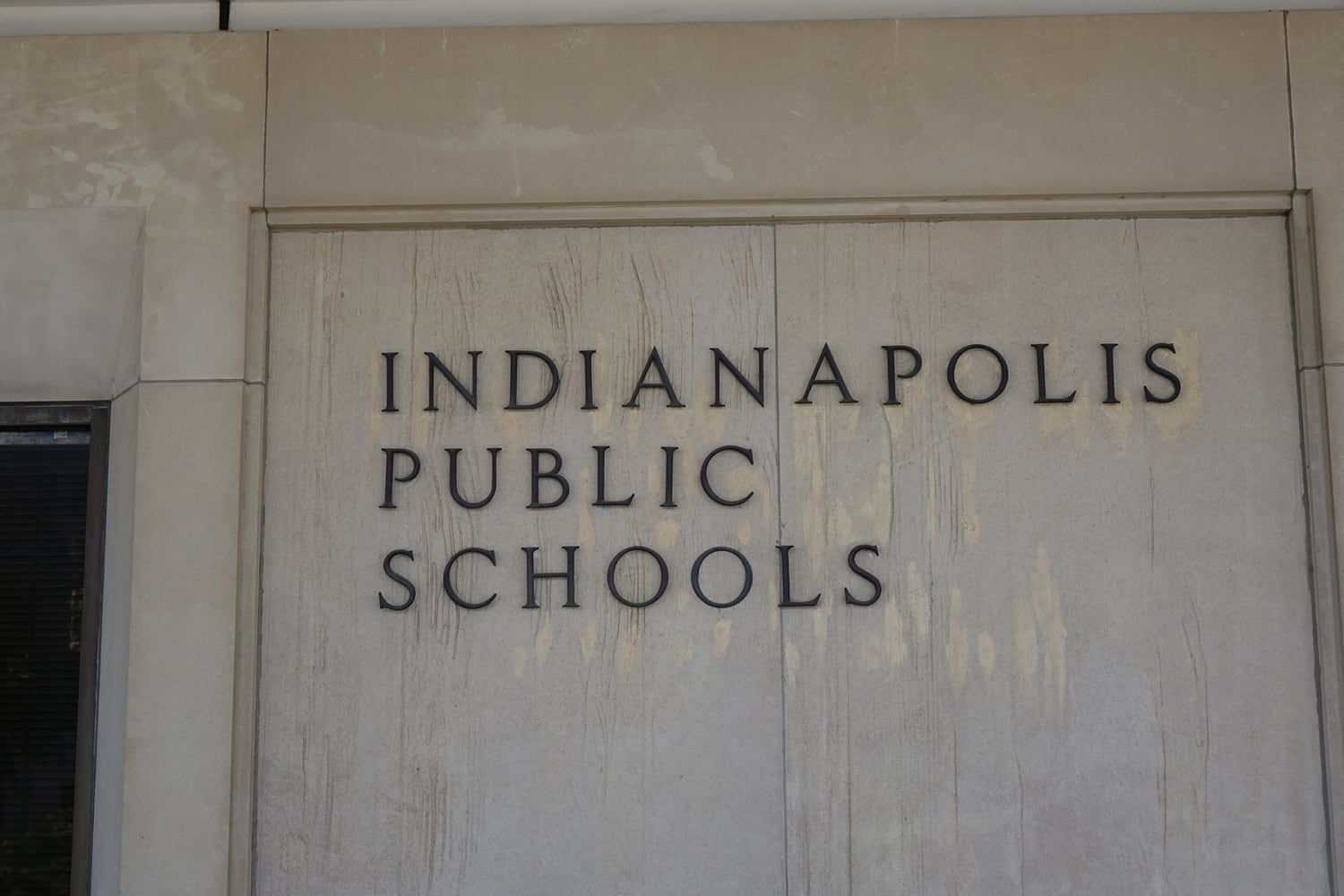Indianapolis Public Schools will have a $428 million operating budget for next year that funds an increase for Innovation schools and projects an increase in state per-pupil funding.
The district’s spending plan for 2023-24 that the school board approved last week is an increase from its $411 million budget in 2022-23; the actual spending for this year will likely increase to $418 million, according to the district.
Planned increases in compensation and payments to the district’s Innovation Network of autonomous schools are the major contributors to the budget increase between 2022-23 and 2023-24.
The district’s cash balance — the amount of money left over at the end of the school year — remains in line with school board policy, which recommends reserving between 8% and 25% of annual expenditures in reserves, or one to three months of expenses. IPS projects it will end 2023-24 with an $87 million cash balance, or 20%.
But officials continue to warn that IPS will face tough financial decisions in the future, once current referendum funds and federal coronavirus relief expire.
The $428 million excludes any debt that the district pays on an annual basis for capital expenses.
Here’s what to know:
Breakdown of the operating budget
Expenditures are split into seven buckets: general education, special education, funding for Innovation Network schools, educational support, capital projects, transportation, and administration.
Funding for the district’s Innovation Network, which contains roughly 30 autonomous schools primarily run by charter operators, makes up the largest slice of the pie at $114 million, an increase from the $108 million IPS is expected to spend this year. Another $101 million is reserved for general education, and $60 million for capital projects.
Administration costs are the smallest part of the budget at $22 million.
The district is allotting less money overall for general and special education than it did in the 2022-23 budget due to vacant positions. Special education costs will decrease from $40 million approved for 2022-23 to $36 million for 2023-24. General education spending will dip from $103 million to $101 million.
State funding per pupil expected to increase
The exact amount of state funding per pupil won’t be established until the end of the legislative session.
But IPS is assuming the amount will increase from $7,699 to $7,888 for 2023-24. (In 2024-25, the district is estimating $8,080 per pupil from the state.)
Employee raises must be bargained
IPS has consistently said it wants to continue offering pay that’s competitive with other schools in the region. The district’s starting teacher salary for this school year is $50,400.
The district is currently projecting raises of 3% for employees, officials said. But collective bargaining set to occur between September and November will determine the actual pay increase, if any, for 2023-24 and potentially 2024-25.
Students in district-run schools have decreased
Overall enrollment in IPS is projected to grow from 31,332 this school year to 31,418 in 2023-24. Student enrollment figures are critical, as the state funding that districts receive is linked to the number of students enrolled.
Recently, population growth in IPS has mainly come from the district’s Innovation Network schools, which are considered a part of the district but are run separately. Most Innovation schools are charter schools.
The number of Innovation students is projected to grow from roughly 12,551 in 2022-23 to 13,119 in 2023-24.
The number of students in traditional IPS schools, meanwhile, is projected to decline from 18,781 to 18,299.
Expiration of COVID relief, referendum funds poses challenge
IPS officials stress that the district will need to address declining revenues in the future, as one-time federal coronavirus relief funds expire in 2024 and the district’s existing operating referendum, projected to raise a little over $50 million in 2023-24, expires in 2026.
The district is asking voters in May to approve a $410 million referendum to pay for building needs.
And if lawmakers decide to require IPS to share more property taxes with charter schools — which do not typically receive property tax revenue — the district will have to make up for the funding loss somehow, Chief Financial Officer Weston Young has cautioned.
An amendment to Senate Bill 391, which is making its way through the House, would require districts in four counties to share referendum funds for operating or security expenses with charter schools: Marion County, Lake County, St. Joseph County, and Vanderburgh County.
Amelia Pak-Harvey covers Indianapolis and Marion County schools for Chalkbeat Indiana. Contact Amelia at apak-harvey@chalkbeat.org.







